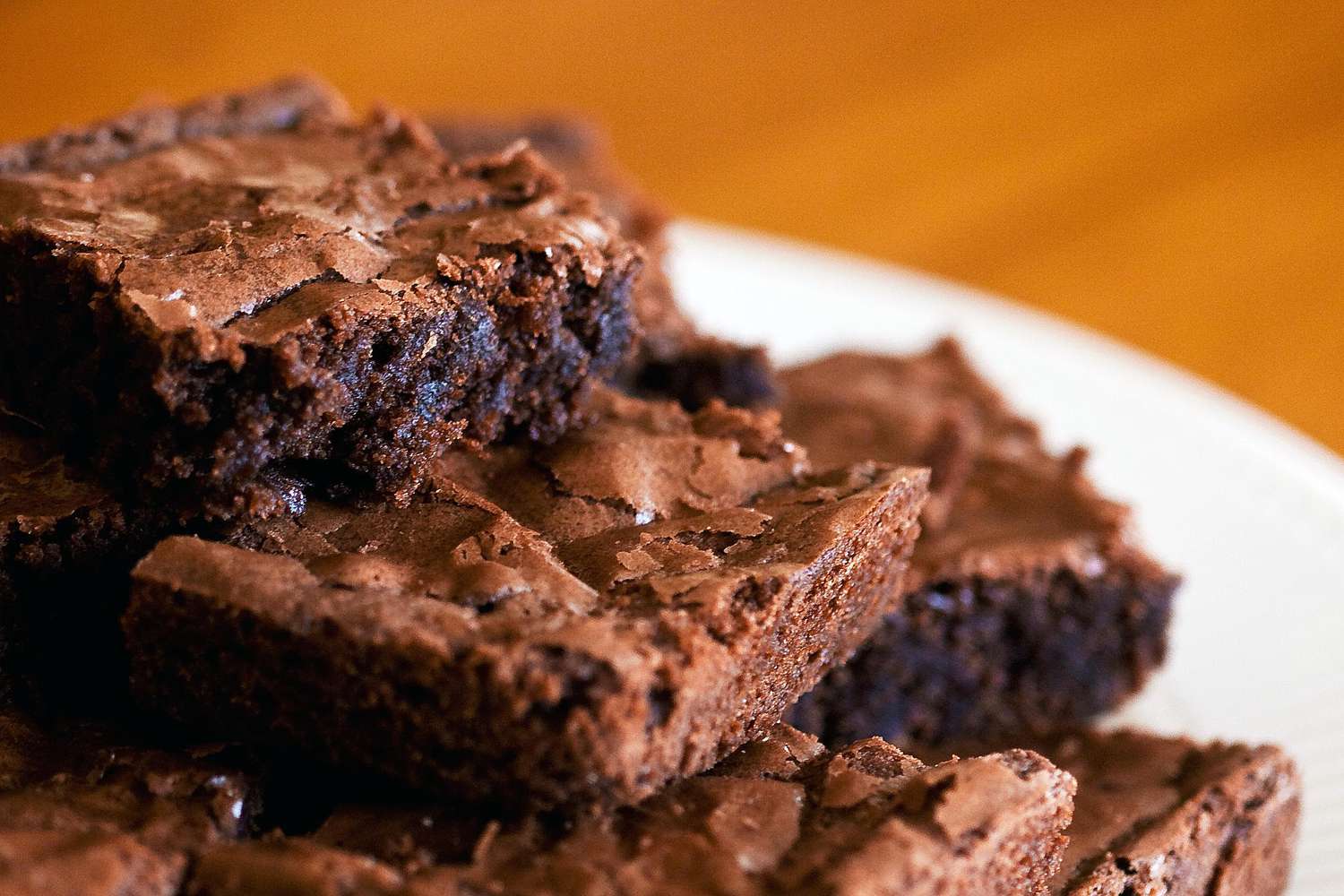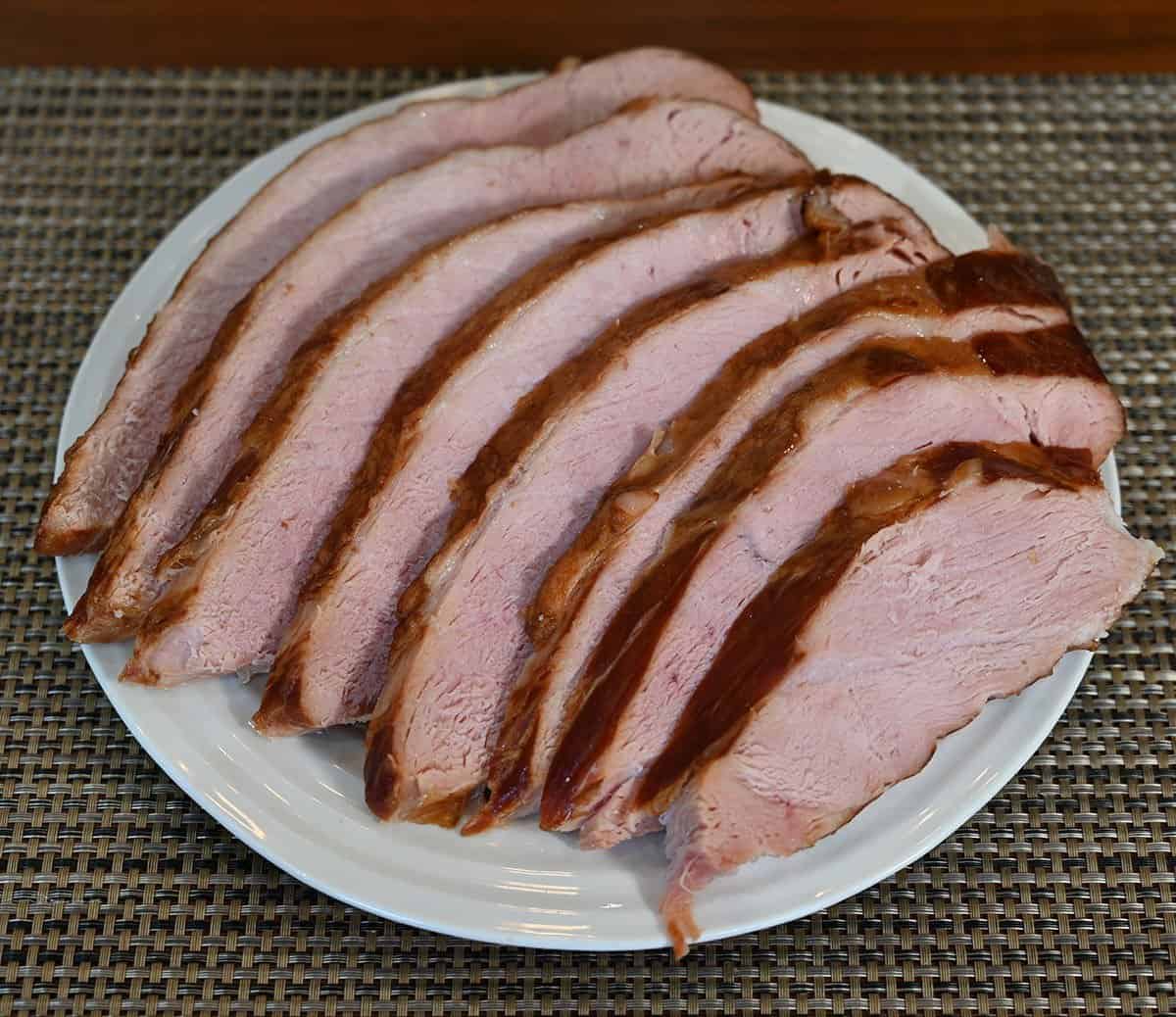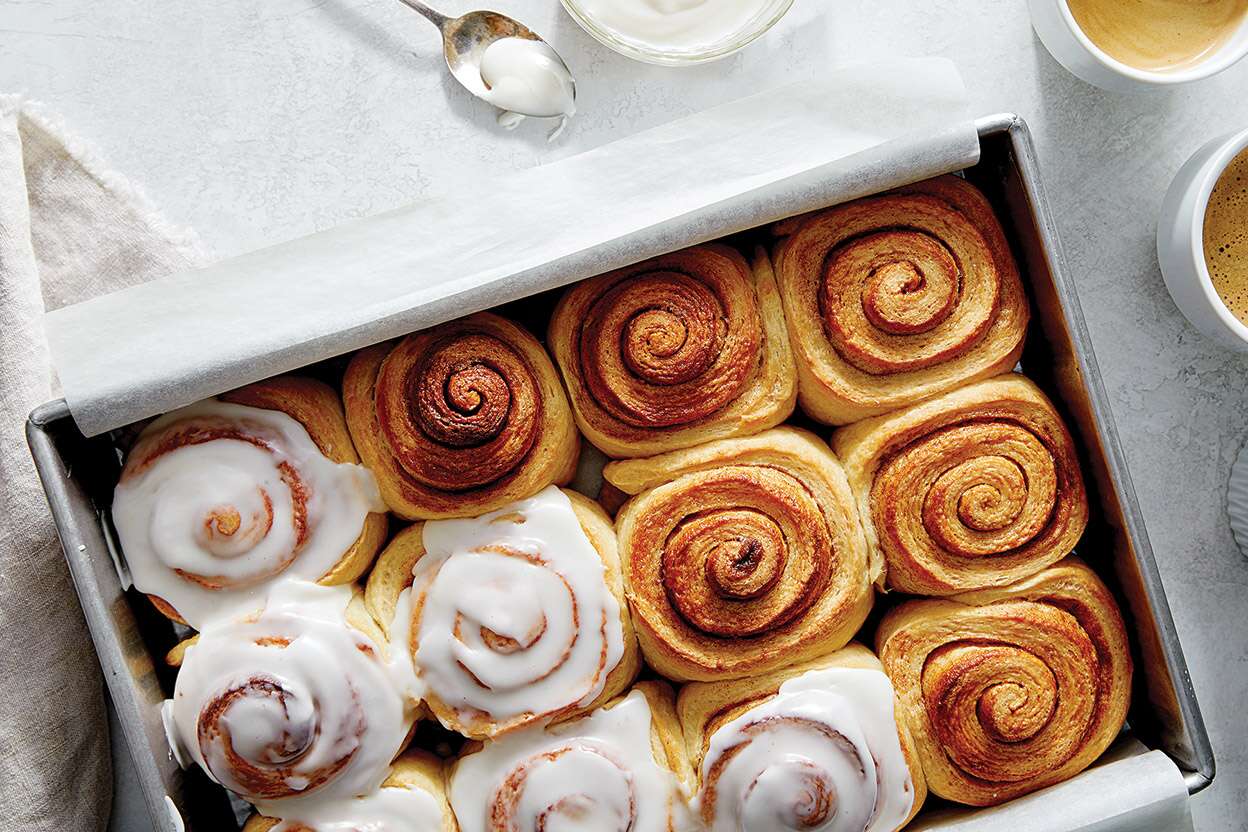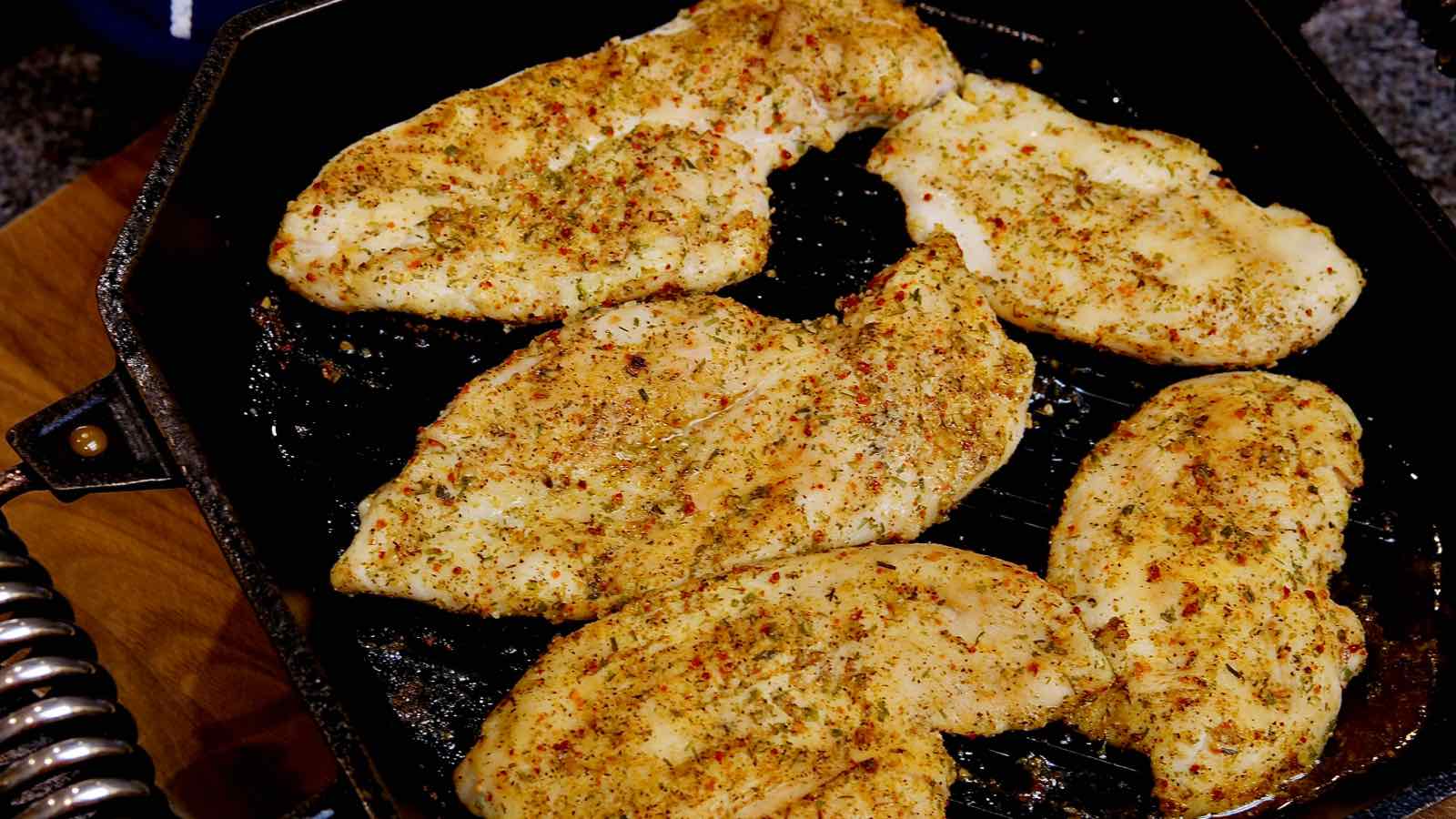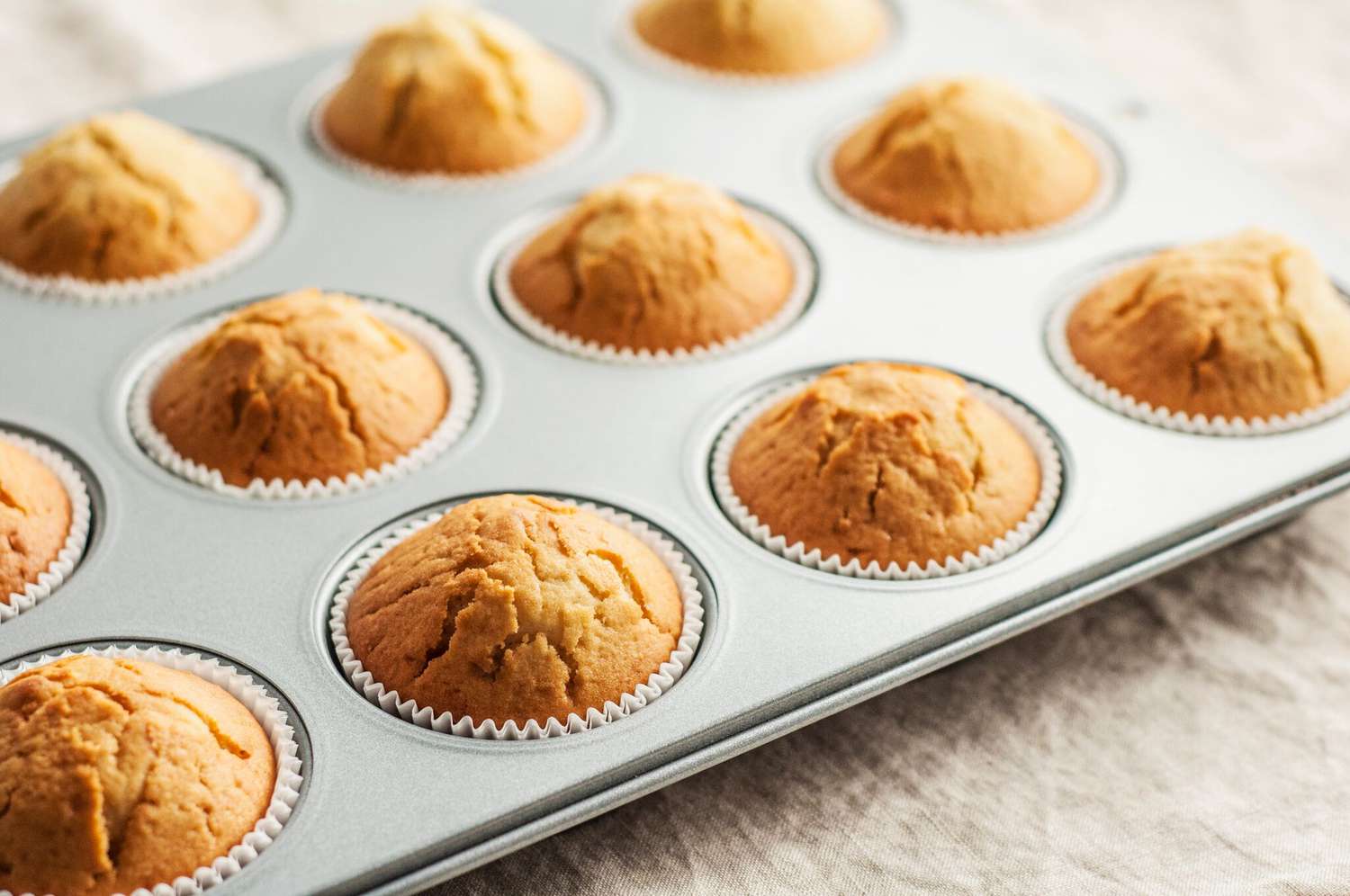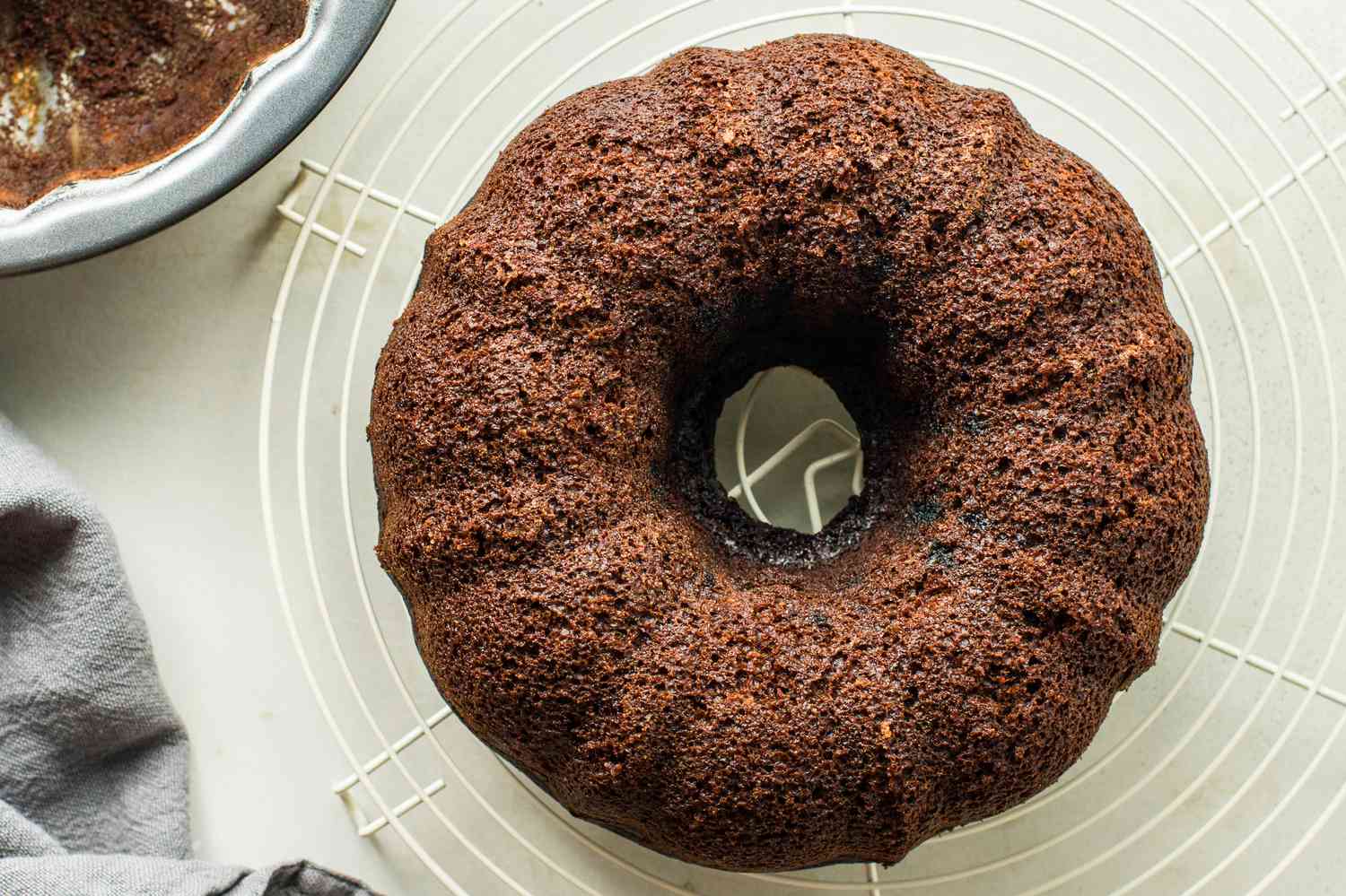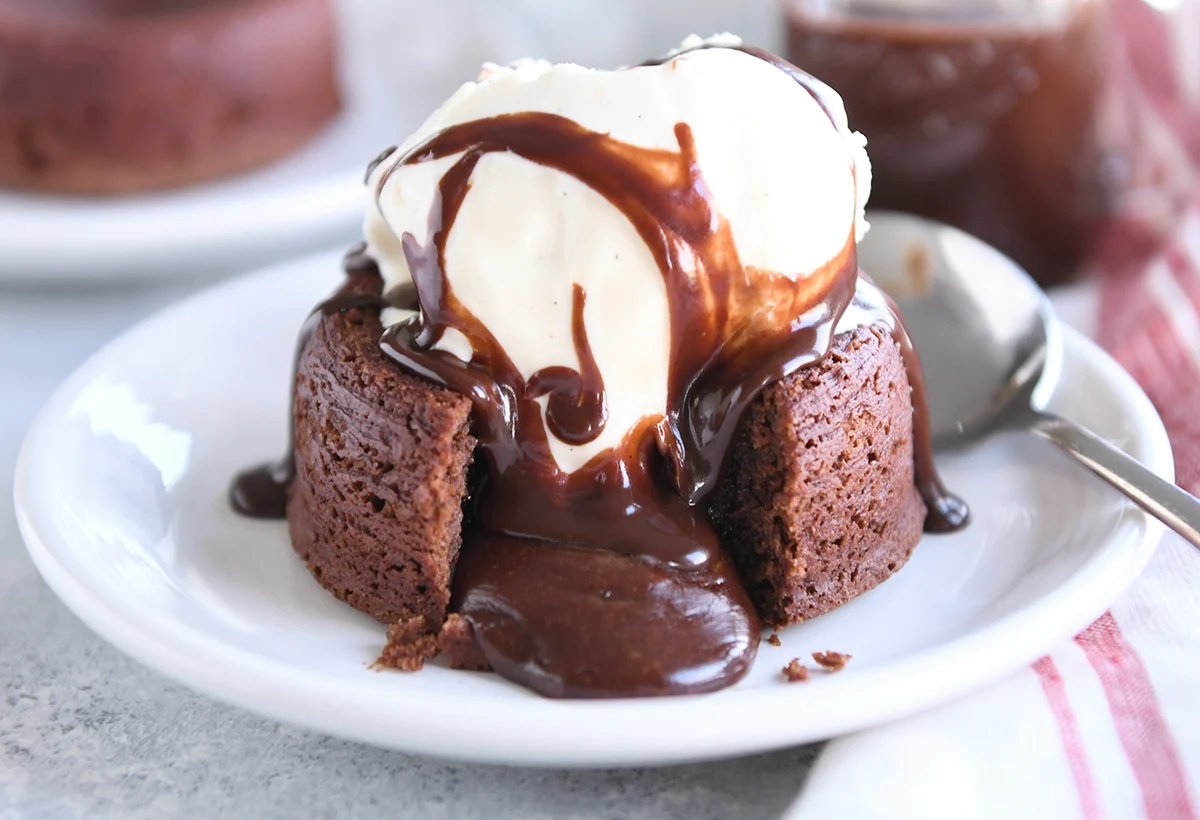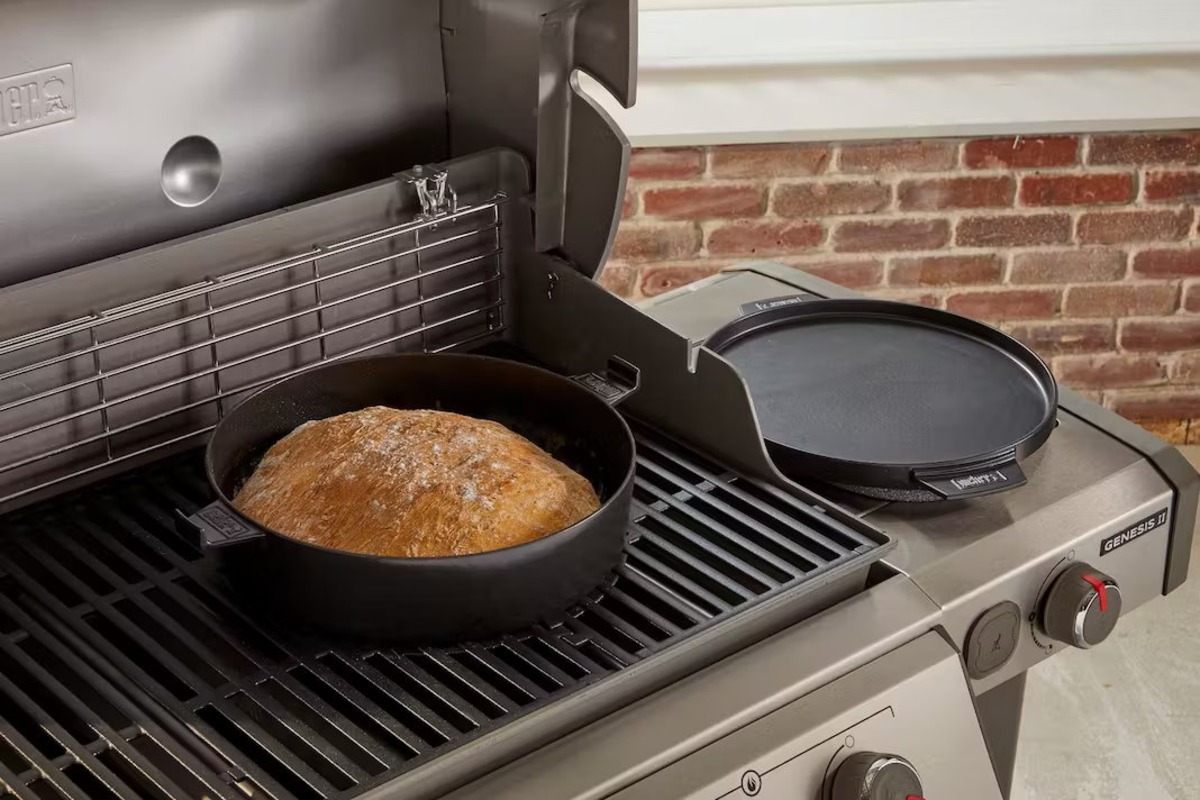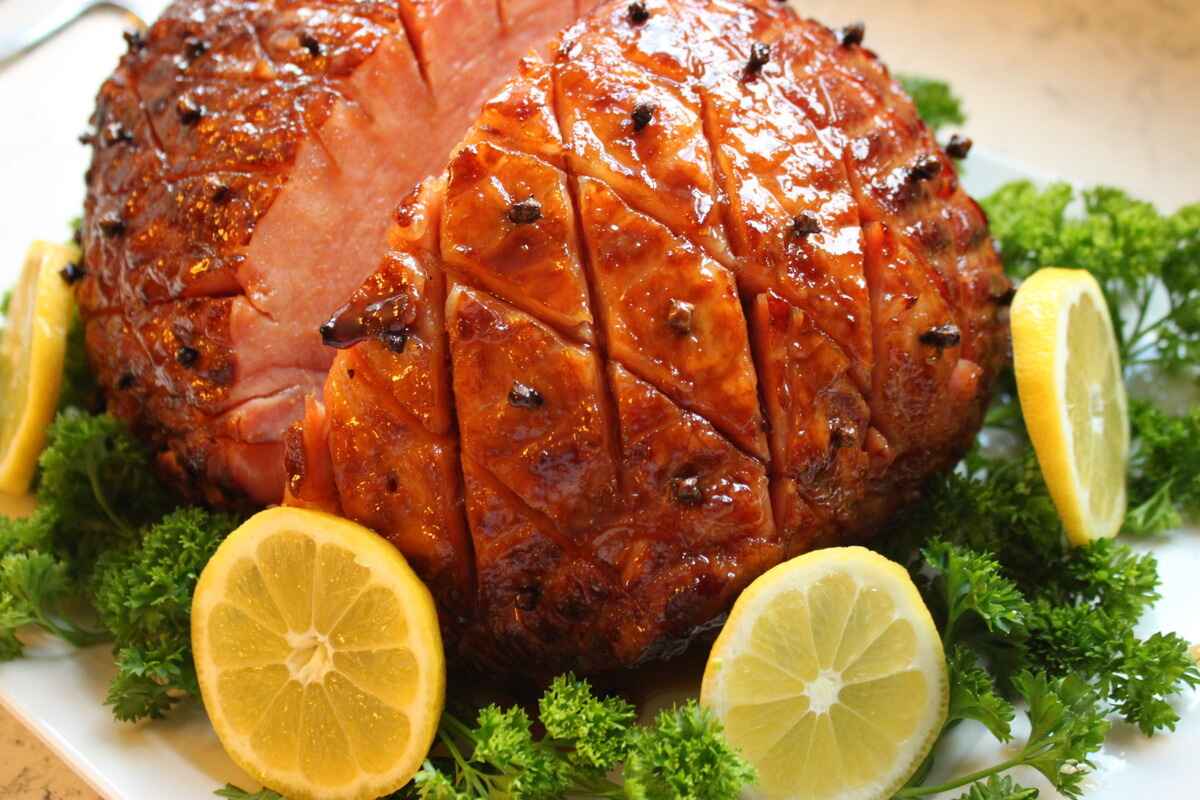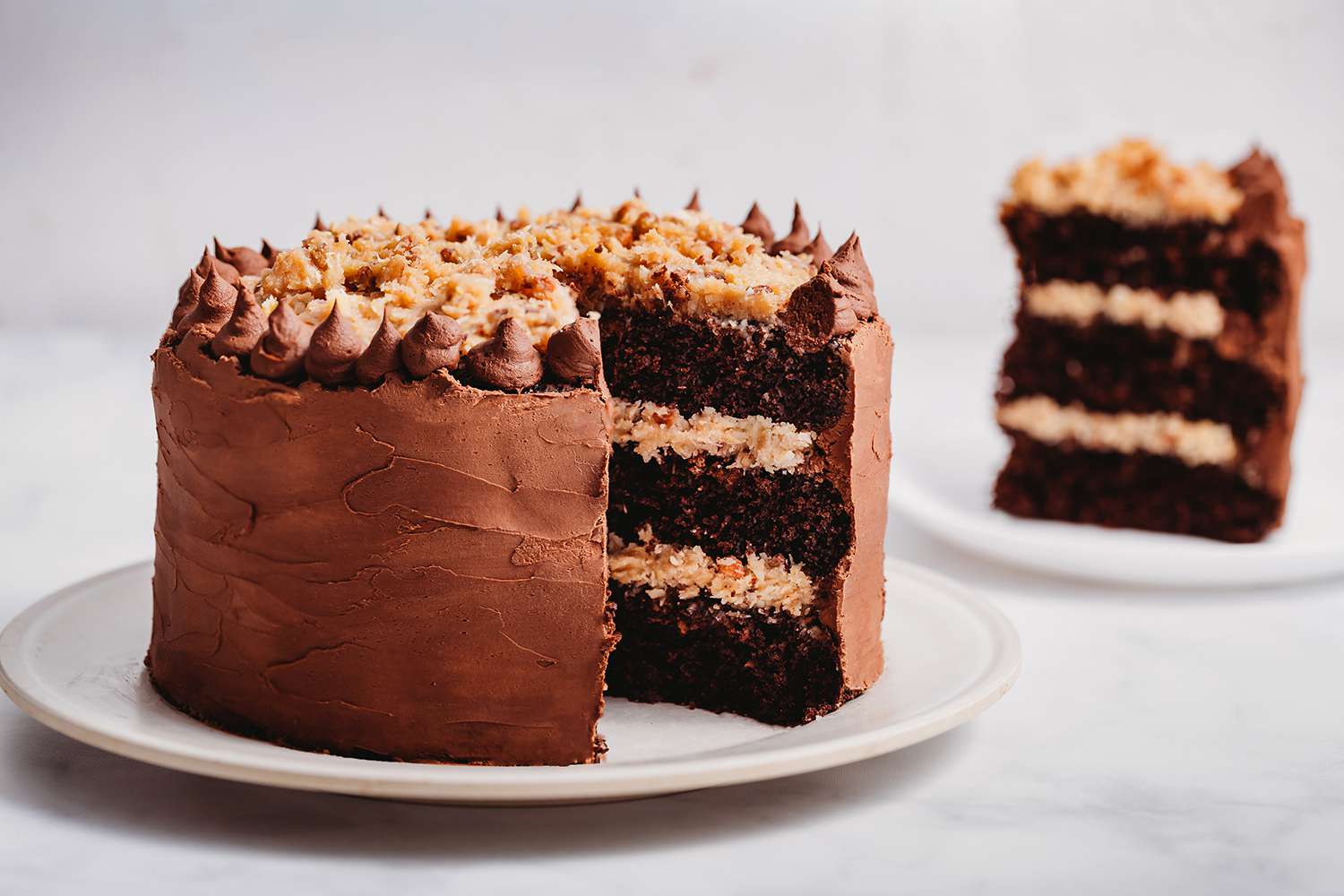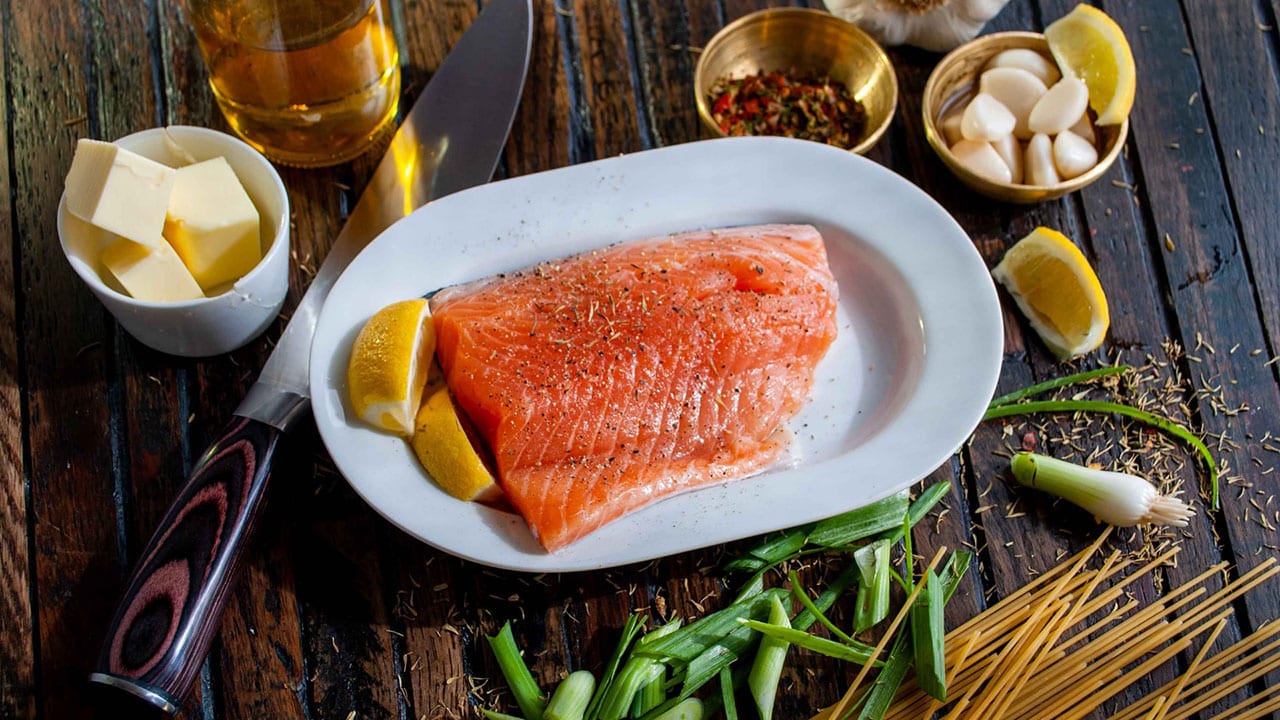14 Tips For Perfect Chewy Cookies
We all love a delicious batch of chewy cookies straight from the oven. The perfect combination of a soft, gooey center and a slightly crispy edge is what makes a cookie truly irresistible. If you’re tired of ending up with flat and hard cookies, worry no more! We’ve gathered 14 tips that will help you achieve the perfect chewy texture every time.
- Use the right type of flour: Opt for all-purpose flour rather than cake flour for a chewier cookie.
- Adjust your sugar ratios: Increase the amount of brown sugar and reduce the amount of white sugar. Brown sugar helps to create a moist texture in cookies.
- Add an extra egg yolk: The extra fat from the yolk adds moisture and helps achieve that desired chewiness.
- Don’t overmix: Mix the dough until just combined. Overmixing can lead to a tougher texture.
- Chill the dough: After mixing the dough, refrigerate it for at least 30 minutes. Chilled dough spreads less during baking, resulting in thicker and chewier cookies.
- Use melted butter: Melted butter spreads throughout the dough more easily, resulting in a chewier texture.
- Choose the right baking temperature: Bake your cookies at a slightly lower temperature, around 325°F (160°C). This allows the cookies to bake more evenly and maintain their chewiness.
- Size matters: Make sure to portion your cookie dough into equal-sized balls. This ensures even baking and consistent textures.
- Add a touch of cornstarch: Mixing in a small amount of cornstarch helps to soften the gluten in the flour, resulting in a chewier texture.
- Include a pinch of salt: Salt enhances the flavors in the dough and balances the sweetness, making your cookies even more delicious.
- Avoid overbaking: Keep a close eye on your cookies while they’re in the oven. Overbaking can lead to dry and crunchy cookies instead of chewy ones.
- Use the right baking sheet: Opt for a light-colored baking sheet instead of a dark one. Darker sheets tend to absorb more heat and can cause cookies to brown too quickly.
- Keep it in an airtight container: After your cookies have cooled, store them in an airtight container to maintain their chewy texture.
- Experiment with mix-ins: Adding ingredients like chocolate chips, nuts, or dried fruits not only adds flavor but can also contribute to the chewiness of the cookies.
Follow these 14 tips and you’ll be well on your way to baking the perfect chewy cookies every time. Whether you prefer classic chocolate chip or oatmeal raisin, these techniques will elevate your cookie game and leave everyone craving for more. So preheat that oven, grab your favorite mixing bowl, and get ready to create mouthwatering treats that will have your friends and family coming back for seconds!
Was this page helpful?
Read Next: Six Steps To Brilliant Bread
